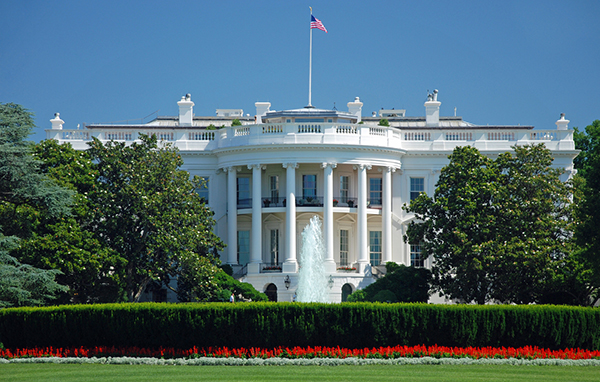Carl A. Marrara is the vice president of Government Affairs at the Pennsylvania Manufacturers’ Association. For more information, visit www.pamanufacturers.org.
Five months ago, Governor Wolf proposed a 50-percent personal income tax increase, an almost doubling of the state minimum wage, another tax on natural gas production, mandatory unitary combined reporting and other uncompetitive ideas.
The General Assembly pushed back and awaited promised state assistance from the federal government before proposing a plan. The $7.2 billion from the feds is not recurring and ought to be used on one-time expenditures that create jobs and economic activity that will then lead to private sector activity for enhanced tax collections for years to come. The use of federal stimulus dollars for recurring expenditures will cause issues in budget cycles in two years when those dollars are no longer available.
As Governor Wolf prepares for his final year in office, expect the boundaries of executive order to be pushed. The General Assembly has shown no signs of enacting items that have been themes throughout his seven years in office. The fall legislative session will likely be focused on “three R’s:” the Regional Greenhouse Gas Initiative (RGGI), Regulations and Redistricting.
The General Assembly acted on the RGGI cap-and-tax scheme being entered into unilaterally by Governor Wolf and the Department of Environmental Protection. Senate Bill 119 (Senator Joe Pittman) and House Bill 637 (Representative Jim Struzzi) are the first attempts to enact policy that would give the General Assembly the means intended to control, or limit carbon dioxide emissions by imposing a revenue-generating tax or fee on carbon dioxide emissions.
Several experts believe that Governor Wolf lacks the authority to impose this tax, since taxing authority is the duty of the General Assembly as defined by the Pennsylvania Constitution. There is no expressed power that allows for a governor to unilaterally enter into a multi-state accord. To solidify this separation of powers, this legislation is a first-step to ensure the General Assembly has its seat at the table and the first of many votes to combat RGGI.
On broader regulatory reform, the pandemic has inspired new momentum when many rules were temporarily suspended by executive order via emergency declaration. An overview of the impact of these changes is needed. As a remedy, Representative Kate Klunk and Senator Kristin Phillips-Hill have legislation establishing the “Office of the Repealer.”
Klunk stated, “At the start of the pandemic, the Wolf administration suspended numerous regulations to improve the flow of goods to residents. This clearly shows businesses and residents can act safely and responsibly without some of the more than 153,000 regulations currently on the books. If we can do without certain regulations during the time of a crisis, surely we can do it during more normal times.”
Other proposed regulatory reform measures are in the midst of the legislative process. Excess regulation has been a focus of both chambers in restarting Pennsylvania’s economy coming off the damage done by pandemic mitigation efforts.
On redistricting, Pennsylvania will lose one congressional seat. The 17 remaining districts will draw national attention as the possible difference-maker in control of the U.S. House of Representatives.
Also up for reapportionment are the 50 PA Senate and 203 PA House Districts. Navigating redistricting will be a study in political science since the PA Supreme Court redrew previously approved maps in 2018. How the newly untested powers of the courts will interplay with the proceedings of the General Assembly, as the U.S. Constitution charges, will be a constitutional law case study.
Other topics will include elections improvements, corporate and small business tax competitiveness and lawsuit abuse reforms. To stay current on state government, rely on the analysis provided by the MBA and
its allies including the Pennsylvania Manufacturers’ Association at www.pamanufacturers.org.














